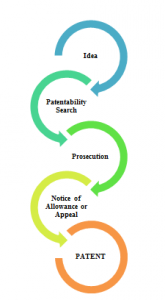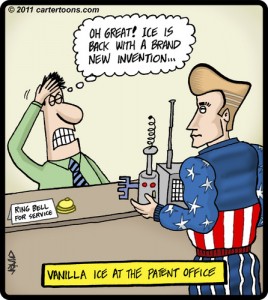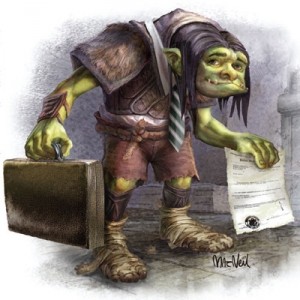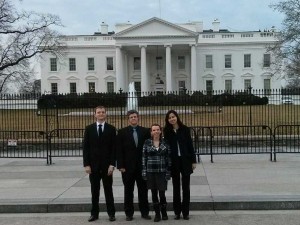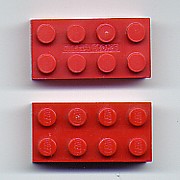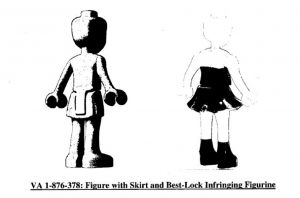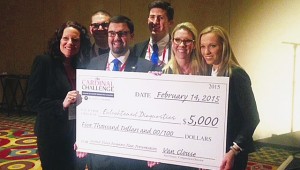A post from our student blogger Catie
After the patent application has been drafted and filed, the patent agent or attorney is still tasked with the prosecution of that application. This requires responding to Office actions regarding the application, and making arguments against any claim rejections. Basically, the patent practitioner is convincing the examiner that the patent application is complete and worthy of issuance.
In the MSPL, we are taking a course this semester that focuses on filing these responses. The process is extremely detail-oriented, and the document must be at least double or triple-checked to be sure that it meets all the meticulous formatting requirements called for by the USPTO. That’s only half of the battle. The other half is writing a response to rebut the examiner’s rejections. Some of the arguments against rejections may be simply stating and pointing out specific clauses of the patent laws that cause the rejection to be moot. That may sound pretty boring, but in some ways, these are the easiest of the rejections to which a patent practitioner may have to respond.
Other arguments may require the practitioner to argue more subjective matter. A common rejection to receive alleges that two or more earlier patents create the technology of the current application to have been an obvious improvement or combination of elements. In such a case, the practitioner has the option of formulating an argument that no motivation existed to create the invention prior to its conception and patent application filing. This kind of response to a rejection may seem more interesting than simply utilizing the law, but it is much more strategic than it sounds.
Firstly, it’s important to carefully read through the rejection to understand what components or aspects are involved in the examiner’s reasoning for the obviousness rejection. This almost always involves two or more patents or articles that the examiner cited as containing all of the elements in the technology of the current patent application. The patent practitioner must then carefully evaluate the language of the current patent application and the cited sources to determine if the examiner is correct in his or her assertion maintained by the rejection. If the examiner happened to forget an element, or possibly misinterpreted the art of the cited references, then the practitioner should (politely) point out those mistakes and assert that the technology of the current application is therefore not obvious. It is important for the patent practitioner to formulate arguments against the rejection that are based upon the specific language and components utilized in the examiner’s rejection. This may include arguments against any motivation to combine elements from earlier patents to create the invention at any point prior to its filing.
Generally, when making an argument that no motivation existed to combine elements to create the current invention, the Teaching, Suggestion, Motivation (TSM) standard is used. This is a strategy to argue against the rejection that asserts that prior references did NOT explicitly teach that the particular elements may be combined, suggest that such a combination could be considered, or provide motivation to combine the particular elements due to the functioning of the separate inventions. Making these arguments calls for plenty of research and focus regarding small aspects of your invention, but it definitely makes for an exciting challenge; especially considering that you get to ‘nerd-out’ on the intricacies of your technology! So, keep on searching for your motivation (or lack thereof)!
